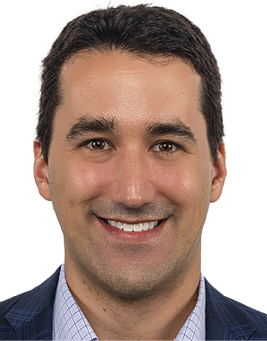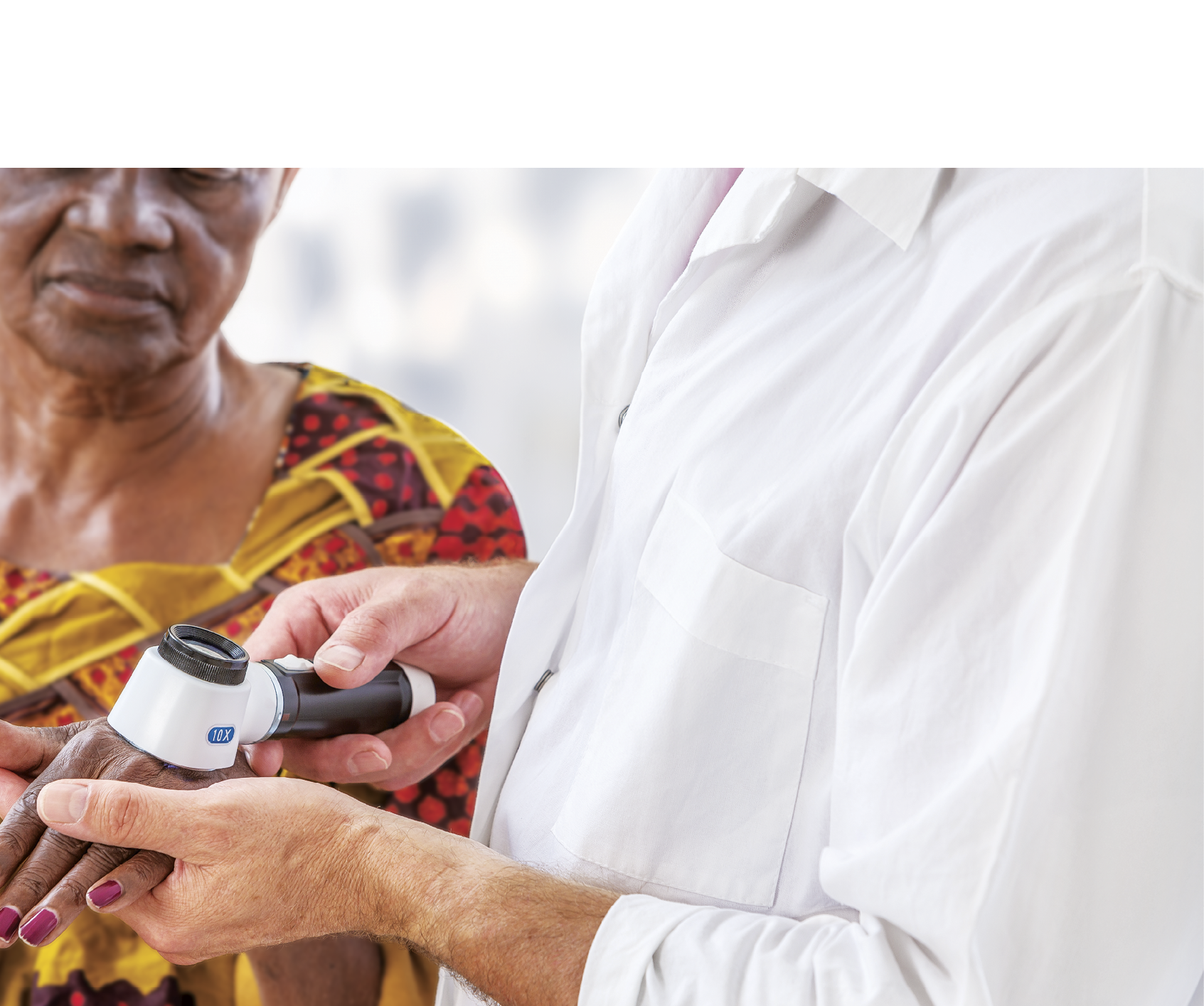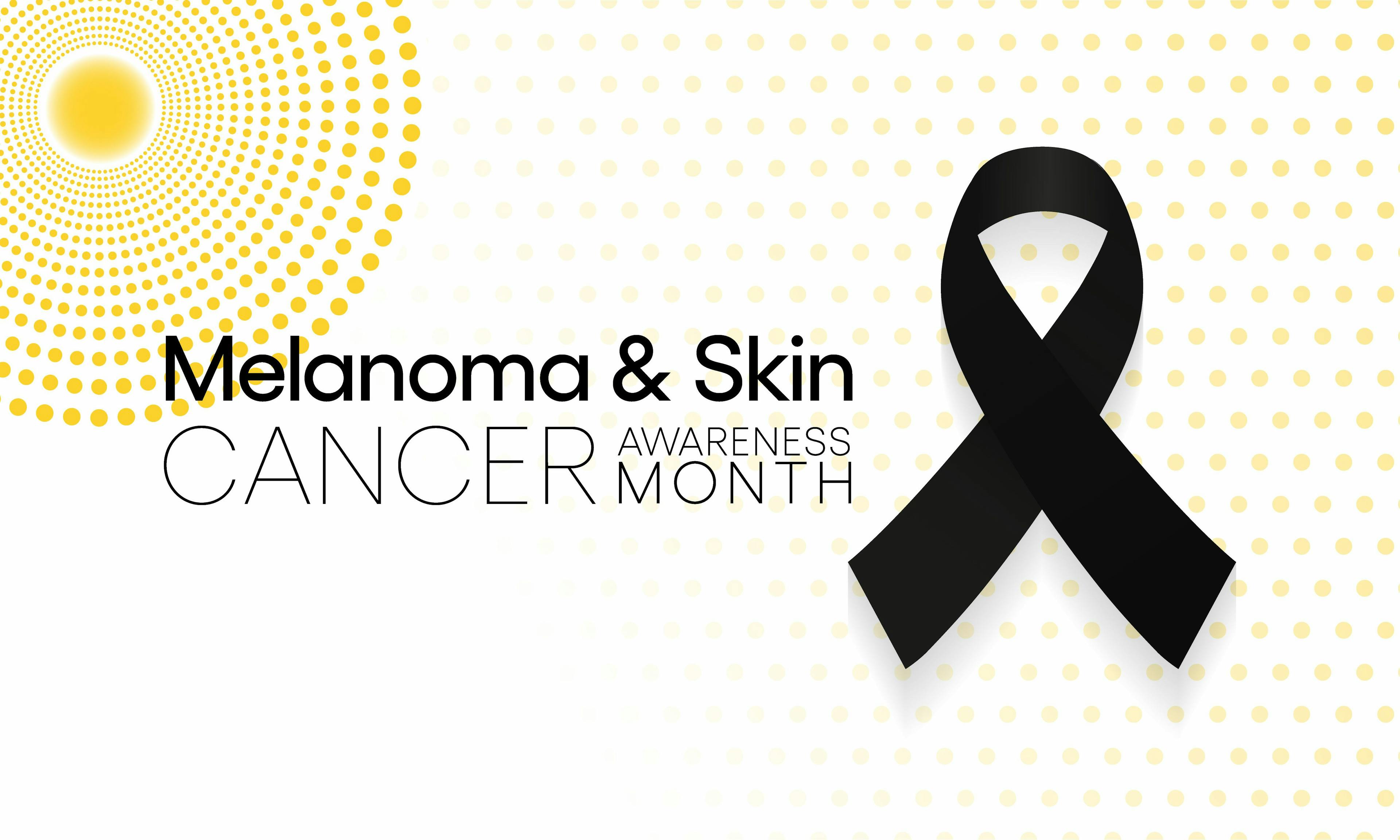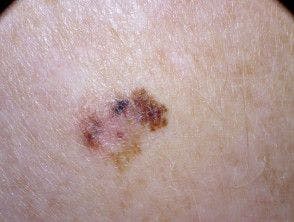- Acne
- Actinic Keratosis
- Aesthetics
- Alopecia
- Atopic Dermatitis
- Buy-and-Bill
- COVID-19
- Case-Based Roundtable
- Chronic Hand Eczema
- Chronic Spontaneous Urticaria
- Drug Watch
- Eczema
- General Dermatology
- Hidradenitis Suppurativa
- Melasma
- NP and PA
- Pediatric Dermatology
- Pigmentary Disorders
- Practice Management
- Precision Medicine and Biologics
- Prurigo Nodularis
- Psoriasis
- Psoriatic Arthritis
- Rare Disease
- Rosacea
- Skin Cancer
- Vitiligo
- Wound Care
News
Article
Dermatology Times
Reviewing a Year of Plaque Psoriasis Progress: Therapies, Data, and Education
Author(s):
Mark Lebwohl, MD, and Saakshi Khattri, MD, discuss the evolving landscape of plaque psoriasis treatments over the past year.

In a Dermatology Times DermView custom video series, "Navigating Plaque Psoriasis: A Year in Review," Mark Lebwohl, MD, dean for clinical therapeutics and chairman emeritus of the Kimberly and Eric J. Waldman Department of Dermatology at the Icahn School of Medicine at Mount Sinai, discussed the evolving landscape of plaque psoriasis treatments over the past year alongside Saakshi Khattri, MD, a board-certified dermatologist, rheumatologist, and internist at the Icahn School of Medicine at Mount Sinai.
Reviewing Available Therapies and Data
Lebwohl and Khattri began with a comprehensive overview of recent advancements in the treatment of psoriasis, focusing on both systemic and topical therapies. Among the notable approvals are those for nonsteroidal topicals such as tapinarof (Vtama) and roflumilast (Zoryve), as well as oral small molecules such as deucravacitinib (Sotyktu). One standout biologic is bimekizumab (Bimzelx), which targets interleukin (IL)-17A and IL-17F.
“The data is overwhelming,” Lebwohl said. “It’s the first drug we have where more than 50% of patients at the end of the placebo control period achieve PASI 100. We’ve never had a drug that did that.”
The ease of application, once-daily dosing, and minimal local irritation associated with these topicals were highlighted as significant advantages over traditional steroid-based treatments. Lebwohl, an investigator of bimekizumab for psoriasis, highlighted the lasting impacts of the drug on patients.
“The patients in the trial will come up to me in front of my family on the street. They’ll hug me,” he said. “It’s really an extraordinary, extraordinary drug.”
Lebwohl and Khattri touched on the significance of therapies for psoriasis, some of which have the capability of addressing associated conditions such as psoriatic arthritis. Spesolimab, for example, has exhibited significant outcomes in generalized pustular psoriasis and even in conditions such as pyoderma gangrenosum.
“Clearly, there is merit in blocking IL-F in addition to [IL-]A,” Khattri said.
Bimekizumab is not yet approved in the US for psoriatic arthritis, but both experts said they have used it off label for patients with unresponsive disease. Combination therapies, which are also off label, have yielded promising results in joint and skin symptom improvements, from their own experience. Although joint symptoms may take longer to improve than skin symptoms, patients have reported feeling less ache and stiffness with improved mobility.
Counseling Patients
When discussing bimekizumab with patients, Khattri said they often highlight available long-term data, which sets the drug apart from other treatments. In an open-label extension study (NCT03598790) involving 3-year efficacy data, approximately 80% of patients who entered with a score of PASI 100 maintained that level of clearance.
Despite high levels of clearance achieved with several available therapies, Khattri said it is important to have a thorough conversation with patients about adverse effects as well as managing expectations.
The therapies can cause IL-17 blockage, which poses potential adverse effects such as liver enzyme elevation, suicidal ideation, reactions to live vaccines, and hypersensitivity reactions. Additionally, although the risk of candidiasis is increased with IL-17 blockade, it is mostly oropharyngeal and easily manageable, Khattri noted, with attributable discontinuation of therapy being rare.
Khattri and Lebwohl said they have not witnessed any adverse effects related to bimekizumab’s mechanism of action. In their experience, the reported liver enzyme elevation has been inconsistent and even lower than that seen with many other biologics. Lebwohl also mentioned that although it is important to address reported suicidal ideation as an adverse effect, it is equally important to recognize that this is relatively rare, and psoriasis itself can contribute to depression and suicidal thoughts.
Regarding injection site reactions, some patients have experienced them, but they have been localized and manageable, Lebwohl and Khattri said. Applying a topical steroid before injections has helped reduce their severity in some cases.
Importance of Patient Access
Patient access to medications is crucial for ensuring optimal treatment outcomes, the experts said. They discussed strategies to ensure that patients can access the medications they need, highlighting the importance of setting up systems within clinics to make it difficult for insurers to deny biologic or oral medications prescribed by physicians. These can include tools provided by organizations such as the American Academy of Dermatology to effectively appeal insurance denials. Additionally, discount pharmacies can help patients afford their medications, particularly in cases where insurance coverage may be limited, such as with Medicare patients.
Regarding pediatric patients with psoriasis, Lebwohl and Khattri discussed the paradigm shift away from the use of steroids with the approval of medications for children as young as 6 years. With the approval of tapinarof in this indication, young patients and their families now have a nonsteroidal option for their psoriasis.
“How many times have you had patients, children, who come in with their parents, and parents are really concerned about that long-term implication of using a steroid for a disease that’s chronic?” Khattri asked. “Psoriasis is not a one-and-done thing, so then to have an option that’s not a steroid, especially in a child where concerns for systemic absorption are certainly higher, is a game-changer.”
Because psoriasis in skin of color can be more difficult to diagnose, Khattri also mentioned the role of guselkumab data in paving the way for more research and understanding of the condition in non-White patients. Data from the phase 3 VISIBLE study (NCT05272150) demonstrated guselkumab’s ability to significantly clear skin.
“So what is the data out there with the drug you are thinking of giving to me for my psoriasis? Will it work?’” Khattri said. “Up until now, I didn’t really have an answer to that question, and now I do. I think it’s really a good start in the right direction.”
Looking Ahead
As Lebwohl and Khattri concluded their conversation, they both expressed enthusiasm for the potential of oral small molecules targeting various pathways such as IL-23 and IL-17, with recent data on JNJ-2113 published in The New England Journal of Medicine showcasing promising efficacy. Both were particularly intrigued by the potential of these drugs, especially if their robust results continue to be validated.
“I’m certainly excited about the oral small molecules, because I think that there is an unmet need in that area,” Khattri said. “Certainly, if the results of that oral IL-23 peptide are as robust as the phase 2 data shows, then it could certainly be a game-changer.”
Despite large quantities of systemic agents for psoriasis, both experts believe the field needs more. Khattri echoed this sentiment, noting that early diagnosis is important in selecting a therapy that works most effectively, particularly in psoriatic arthritis.

Newsletter
Like what you’re reading? Subscribe to Dermatology Times for weekly updates on therapies, innovations, and real-world practice tips.






















